Post Box No.905, Erode.
0424 2223637
Call us
Fruit Crops
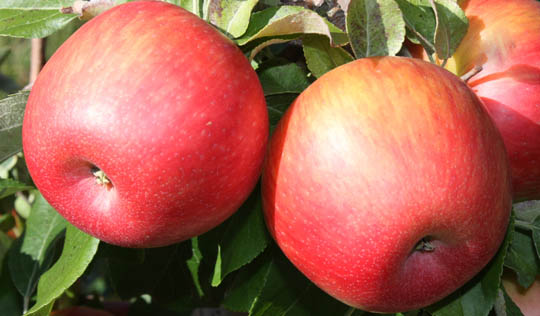
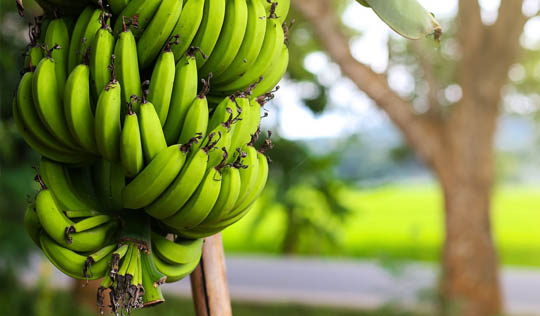
Banana

Citrus Fruits (Lemon, Orange and Kinnow)
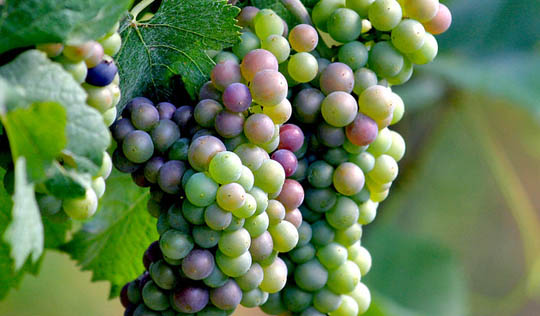
Grapes
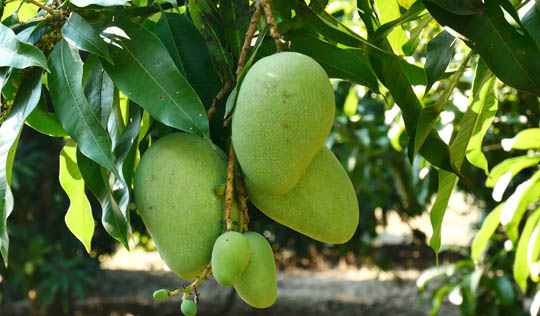
Mango
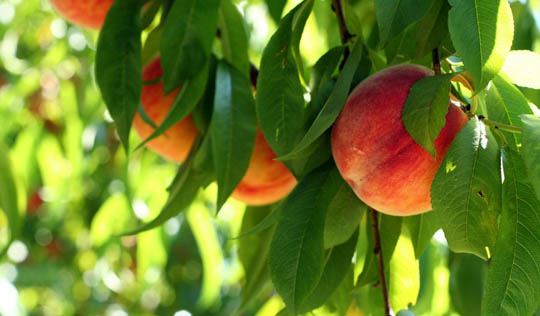
Peach
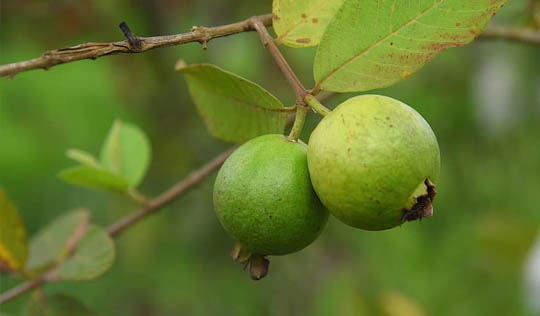
Guava
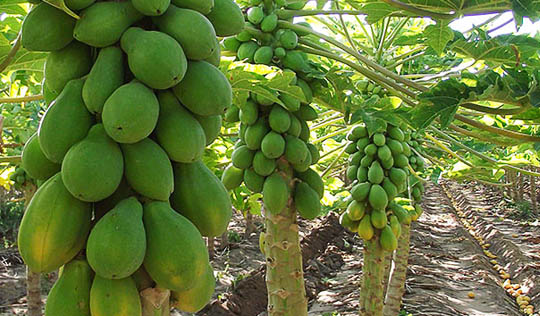
Papaya
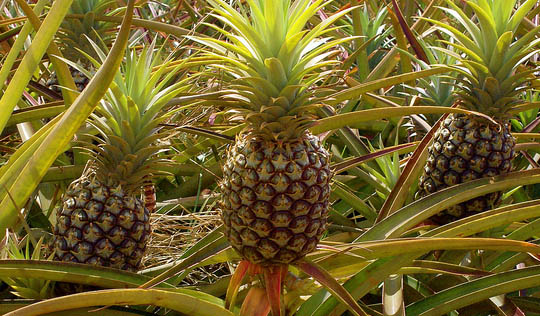
Pineapple
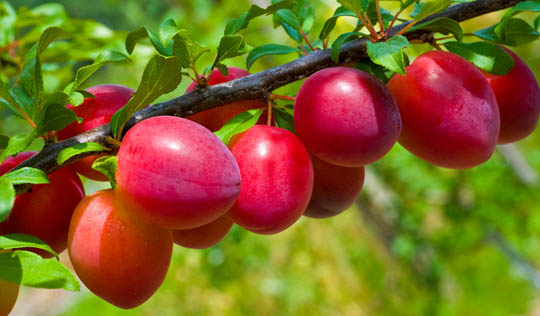
Amelioration Method
Soil Application Rate
The rate of zinc sulphate application in drenching method is given in the following table:
| Name of Crop | Radial Distance of trench | Quantity of Zinc Sulphate Per Plant |
|---|---|---|
| Apple & Pear | 50cm | 100 g |
| Citrus fruit | 60cm | 200 to 250 g |
| Guava | 60cm | 200 to 225 g |
| Mango | 200 to 240 cm | 250 to 300 g |
Foliar Application Rate
The concentration of zinc sulphate solution used for foliar spray in fruit crops is given in the following table:
| Name of Crop | Concentration | Stage |
|---|---|---|
| Apple | 0.2% | In dormant stage |
| Banana | 0.5% | Repeated sprays at regular intervals |
| Citrus Fruits | 0.5% | 3 to 4 times in a year mainly during April, Julie & September |
| Grapes | 0.1% | 2 to 3 sprays in a year |
| Guava | 0.4% | 2 to 3 time during March-April and June-July. |
| Mango | 0.2% | 3 sprays in a year during March-April, June and September |
| Papaya | 0.2% | Repeated sprays at regular intervals |
| Pear, Peach | 0.5% | 2 to 3 sprays in a year |
| Pineapple | 0.4% | 2 to 3 times at the end of rainy season. |
Note: For preparing 0.1% concentration solution dissolve 100 g zinc sulphate in 100 litre of water neutralized with 50 g slaked lime & filter through fine muslin cloth. The volume of Zinc Sulphate solution required for spraying shall depend upon age and size of the tree & can be approximated as follows:
| Age of Tree | Volume of spray solution |
|---|---|
| 3 to 5 years | 2 to 5 litre |
| 6 to 10 years | 6 to 10 litre |
| 11 to 15 years | 11 to 25 litre |
Yield Response & Benefits
Due to zinc deficiency, as mentioned above, fruiting is adversely affected. By various experiments, the quantum of fruit loss on account of zinc deficiency has been approximated as follows:
| Mild Zinc Deficiency | Fruit loss upto 25% |
| Medium Zinc Deficiency | Fruit loss of 40% to 50% |
| Severe Zinc Deficiency | Total loss i.e. no fruits are obtained |
Thus, zinc sulphate application in various fruit crops can be recommended for achieving substantial benefits.
